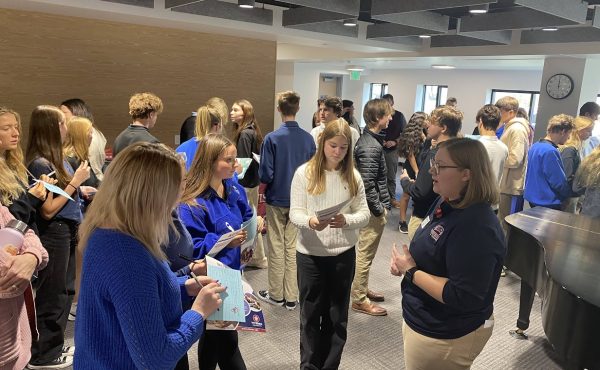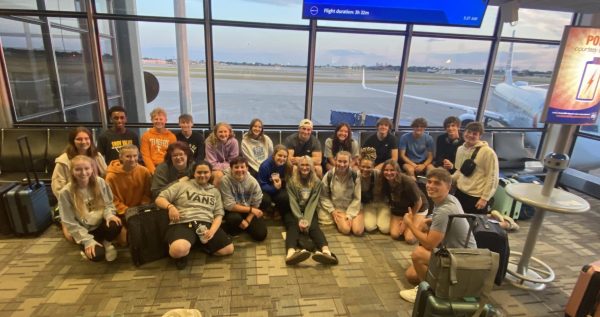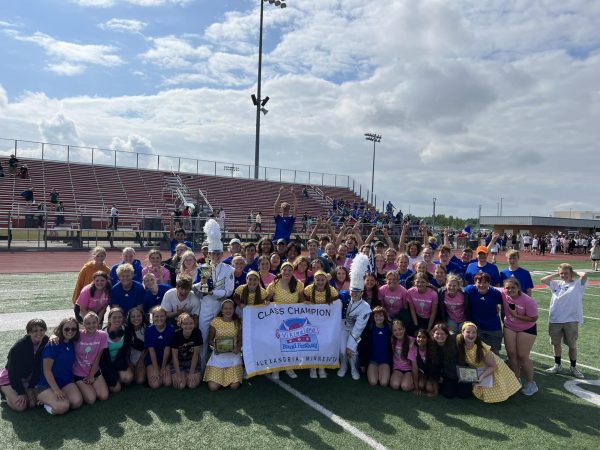The Impact of Online Classes
Starting in March 2020, thousands of American schools transitioned to online school due to the COVID-19 pandemic. Eight months later, the majority of students continue to learn online; but the negative aspects of closed schools can easily outweigh the positive.
Students’ schedules have been flipped upside down since March, with school, sports, and activities being canceled. While COVID-19 is dangerous for older people and people with underlying health conditions, it is generally not detrimental to students and the majority of teachers.
In reality, the impact of school closure is considerably more harmful than the actual disease. Students are negatively affected academically, emotionally and socially.
Education is greatly limited due to the closure of schools. Zoom classes are a poor substitute for education compared to in-person, interactive classes. Students struggle to focus with online classes. The amount of screen time that children and high-schoolers now spend online is unfathomable and unhealthy. Many students in Zoom classes have reported that teachers simply review homework.
Students rarely benefit from this type of learning. Simple interactions, such as a funny comment made by a student or a chat in the hallway are the things that really add to the enjoyment of school. All of those things are all gone.
The social aspect is also greatly lacking. Children and high-schoolers thrive from their social interactions. These connections are crucial for mental health.
For most students, school, sports, and extracurricular activities are the main ways they connect with each other. Human connection is crucial to proper development. With the closure of schools, students have been deprived of natural, healthy social interaction. It is unfair and damaging to students. Simple things such as homecoming events and sports games are what build community and relationships. Students have been unfairly deprived of these opportunities.
School closure has also had a very negative emotional impact on students. Young people now have very limited structure and schedule to their days. They are forced to spend the majority of each day on computers. Many students text during class, cheat because it is easy to do so online, play video games in class, and generally zone out because it is so boring.
In fact, between four hours of Zoom classes every day, three hours of homework, and time spent on other electronic devices, students are spending most of their day online. This lack of structure, lack of social interaction, and an unrealistic fear of this disease for their age group, and a fear that there is no end in sight, has led to higher and higher rates of anxiety and depression. This has sadly lead to an extremely high rate of suicide ideation and attempted or completed suicides.
All of these negative effects are extremely problematic for students. COVID-19 is a serious disease that should be dealt with carefully among the elderly and vulnerable. However, the virus has an extremely high survival rate for children and young adults and there are much better ways to handle it other than closing down our schools.
It is clear that when it comes to the educational, social and emotional well being of students, the closure of schools has had negative ramifications. It is vitally important to find better ways to get students back in school while protecting the vulnerable. The question now is how much more can these students take before the solution becomes worse than the disease.







